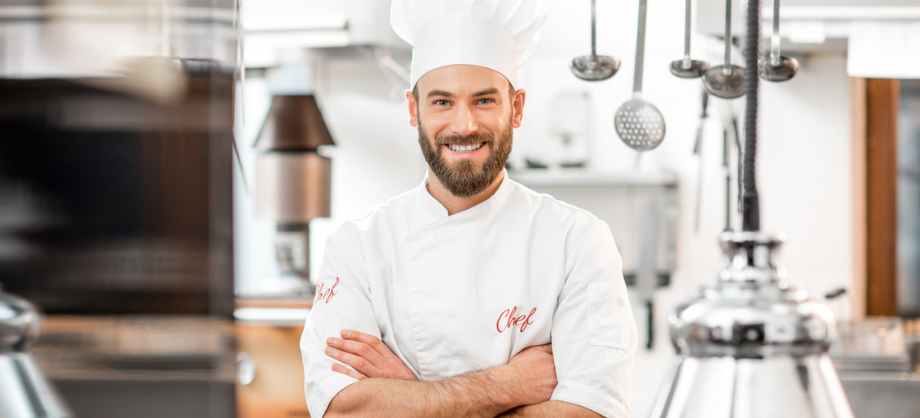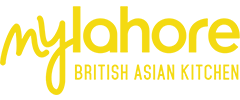The kitchen is where the magic happens in your restaurant – and whether you are running a fine dining establishment or a fast-paced delivery operation, success depends on speed.
So when you are looking to create greater efficiency in your kitchen and a better guest experience, kitchen automation is the beating heart of your operations.
Key elements of success include:
Integration
To make your kitchen automation journey efficient, you need a solution that integrates seamlessly with all your other technologies so you avoid error and inefficiency.
Your kitchen automation solution needs to speak to your restaurant POS software, your handheld ordering devices, third party delivery sites, your website, kitchen video and bump bars – and do it fast, so customer orders are triggered immediately.
Data
Kitchen automation has evolved. Today, the software can gather information from every step in the customer’s dining journey. And as well as transactional and client data from the restaurant POS software, kitchen automation helps you drive real process improvement.
You can see at a glance where the bottlenecks are in your kitchen operation and remove them. It also shows how long each dish takes from initial order through every stage until it is sent out for service.
Armed with this data you can improve processes drive in these 3 key areas:
Better guest experience – Let them know how long their meal will take and keep them informed of any delays to manage expectations.
Quicker speed of service – Analyse your kitchen data so you can pinpoint bottle necks in kitchen prep. Combine this with data from your restaurant POS software and eliminate less popular dishes that are taking up your chef’s time.
Faster decision making – Anticipate order spikes and bottlenecks before they happen. Make intelligent decisions on staffing – you can see in real time how orders are progressing through the kitchen.
Capacity Management
With kitchens becoming ever-busier thanks to the phenomenal growth in online delivery, capacity management has become more important than ever.
A great kitchen automation set-up will schedule orders based on real-time activity in the kitchen and not just based on simple metrics such as volume of orders.
Combined with advanced routing rules ,you have total control over both on-premise and off-premise orders and can make sure waiting times quoted to customers are accurate. It also means that your restaurant doesn’t get swamped with delivery orders it can’t fulfil while guests are waiting in your dining room.
Guest Communications
Integration between the restaurant POS software and the kitchen automation solution also offers one other great benefit for both you and your guests – improved guest communications:
SMS – Once an order is bumped in the kitchen the restaurant POS system can send the guest a text that it’s ready for collection.
Digital displays – Use these to display the customer’s order number, name and status of order to show guests—and delivery drivers—their order status and where to pick up to reduce FOH disruptions. The digital displays are also great for showing advertising messages while they wait.
Conclusion
Adding a kitchen automation solution to your business as part of an integrated solution is key if you want to offer the most efficient service to you guests – whether they are sitting in your dining room or their front room. Armed with real-time data you can really fire up your service.
It’s also a great tool for forward planning. Analysing data from your restaurant POS software and the kitchen automation solution can help you find the sweet spot of removing bottlenecks, increasing table turns and making faster deliveries.
Now life is returning to the hospitality sector, it’s likely that competition is going to become fiercer than ever. It makes sense to use technology to stay ahead of the rest.
















